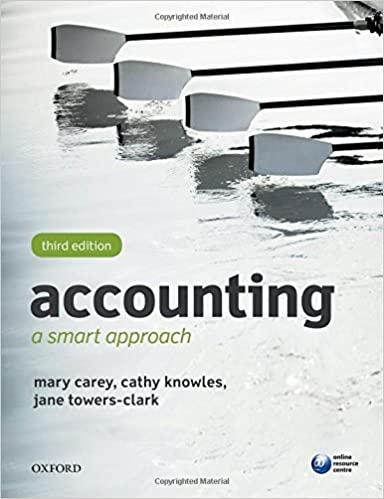Answered step by step
Verified Expert Solution
Question
1 Approved Answer
Problem 15-48 (Algo) Transfer Prices and Tax Regulations: Ethical Issues (LO 15-4) Gage Corporation has two operating divisions in a semiautonomous organizational structure. Adams Division,




Step by Step Solution
There are 3 Steps involved in it
Step: 1

Get Instant Access to Expert-Tailored Solutions
See step-by-step solutions with expert insights and AI powered tools for academic success
Step: 2

Step: 3

Ace Your Homework with AI
Get the answers you need in no time with our AI-driven, step-by-step assistance
Get Started


